48 F. high on Friday in the Twin Cities.
63 F. average high for October 5.
88 F. A year ago the Twin Cities metro was 40 degrees warmer.
28 F. predicted low Sunday morning; first widespread
freeze for the Twin Cities suburbs. A freeze is defined as 2-4 hours
below 28-30 F, cold enough to kill off most plant life.
65-70 F. highs predicted for Monday, the mildest day in sight.
Cold fronts "trigger" colds and flu bugs? Not directly, but indirectly? You can make a case, yes. Details below.
Marathon Weather. The hour-by-hour forecast from the
Twin Cities NWS shows temperatures starting out around 27-28 at 8 am
Sunday morning, recovering to 37 by 10 am, 47 F. by 11 am. Expect a
southwest breeze at 7-12 mph, low humidity and bright sunshine. Good
luck!
Marathon Details: Cheer on this year's marathon runners. More details on the Medtronic Twin Cities Marathon can be found
here.
Hints Of A Stormier Pattern? TV news directors and
(bored) meteorologists over the eastern half of the USA are secretly
praying for a negative phase of the NAO, the North American Oscillation.
Such a blocking pattern tends to favor significant storms, rain and
snow, especially over the eastern USA.
NOAA's NAO prediction page shows a potentially strong negative shift to the NAO by mid-October. We're due for a shift in the pattern.
So Long Ragweed? It's been a miserable allergy
season, the result of super-sized ragweed plants, drought and gusty
winds kicking up dust, pollen and assorted junk into the air. Although
no rain is expected until a week from today, tonight's frost/freeze may
kill off most of the ragweed, helping allergy sufferers in the days and
weeks to come. After bottoming out in the upper 20s late tonight, the
mercury bounces back into the 60s to near 70 by Monday afternoon.
Friday Snow Totals, courtesy of NOAA and Chad Merrill at Earth Networks:
Harrison, NE – 6 inches
Custer, S.D. – 4 inches
Lusk, WY – 3.5 inches
Ardmore, S.D. – 2 inches
* photo from Damar, Kansas above courtesy of Becky Wells and the Hastings office of the NWS.
95% of the world's lakes are warming, in some cases
twice as fast as air temperatures. National Geographic has details and
links below. Sunrise photo over Duluth courtesy of Alison Gimpel.
"...
Rather than debate the science of climate change, Byck
explores common ground on energy issues. For example, he claims that
Americans agree on issues like solar and wind energy. According to
Byck, 70 percent of Americans claim to love solar energy and 90 percent
of Americans like wind energy. Most US citizens also claimed to like
geothermal and energy efficiency." - excerpt from a story on engaging climate deniers at theenergycolletive.com; details below.
Frost Advisory. Tonight is the appetizer, the main
event, the Hard Freeze, comes Saturday night, pretty much statewide.
Details from the Twin Cities NWS office:
...FROST EXPECTED TONIGHT FOLLOWED BY A HARD FREEZE TOMORROW
NIGHT...
.TEMPERATURES WILL DROP DOWN TO AROUND FREEZING TONIGHT INTO
SATURDAY MORNING ALONG RIVER VALLEY LOCATIONS WHERE THE GROWING
SEASON HAS YET TO END. CLOUD COVER AND WINDY CONDITIONS WILL
LIKELY PREVENT A HARD FREEZE FROM OCCURRING TONIGHT BUT
TEMPERATURES WILL STILL BE COLD ENOUGH TO BE OF CONCERN FOR
SENSITIVE OUTDOOR PLANTS. EXPECT TEMPERATURES TO DROP INTO THE 20S
REGION WIDE SUNDAY MORNING...THUS ENDING THE GROWING SEASON.
What A Difference A Year Makes. Trite, cliche?
Absolutely, but I'm not above that. Nearly 45% of Minnesota is
experiencing severe drought (including the northern suburbs). A year ago
only 4.58% of Minnesota was in a severe drought. According to the
U.S. Drought Monitor
100% of the state is now "abnormally dry". The concern: if we don't get
significant rain in the coming weeks, before the ground freezes up
solid, we may run a soil moisture deficit into 2013, putting Minnesota's
farmers behind the curve. Pray for rain.
A Rare Rain Event. The ECMWF (European) model is
hinting at a sloppy southern storm next weekend, with the heaviest,
steadiest rains passing just south and east of MSP; a better chance of
significant rain for Iowa and Wisconsin. But it's a start. Map above
valid 7 am Sunday morning, courtes of
WSI.
Low Lake Water Levels. You've seen the
(remarkable) photos from White Bear Lake, but lake water levels are down
statewide. Lake Minnesota is down at least 15" from normal, but closer
to 2 to 2.5 feet from the high water mark in 2011, according to the
LMCD, the Lake Minnetonka Conservation District.
Major October Snowstorms & Blizzards. O.K. After
reading this I'm feeling (a little) better about Thursday's heavy
snowfall over northwestern Minnesota. Dr. Mark Seeley includes a look at
some of Minnesota's most notable October storms in this week's
WeatherTalk blog entry; here's an excerpt: "Though uncommon, significant October snowfalls and blizzards have occurred in Minnesota's past.
Other significant October snowfalls and blizzards include:
October 11-14, 1820 up to 11 inches at Old Fort Snelling.
October 21-22, 1835 brought the first 6 inch snowfall
of the season to Ft Snelling and was a precursor to a harsh winter for
the Great Lakes Region.
October 16-18, 1880 paralyzing blizzard (drifts up to 20 feet) in southwestern Minnesota, written about by Laura Ingalls Wilder.
October 18-20, 1916 a blizzard struck northwestern Minnesota with 5 to 16 inches of snow and zero visibility.
October 23-24, 1933 brought a heavy snow to northeastern Minnesota, with amounts ranging from 7 to 11.5 inches.
October 1-2, 1950 brought 1-5 inches of snow across northwestern Minnesota counties.
October 7-11, 1970 brought some heavy snowfall to
northern counties, record setting amounts of 6-14 inches for some,
producing some road closures.
October 4-6, 2000 brought snow to many northern
Minnesota communities. Thief River Falls, Roseau, and Littlefork
reported over 2 inches, while Baudette and Thorhult reported over 3
inches.
October 24-25, 2001 a blizzard with 55 mph hit northwestern Minnesota bringing snowfall of 10-14 inches, and huge drifts.
October 12-13, 2006 brought snowfall to northeastern Minnesota, including 4-5 inches at Cook and Babbitt.
Winter Whispers. This terrific photo came from Brady Buttars at Grand Teton National Park.
So Nice You're Seeing It Twice. With no wind and a
lake as smooth as glass, the scenery in Oregon, Illinois was like
something out of a postcard, courtesy of John Bullock.
Muffled Sunlight. Ham Weather founder and developer
Lee Huffman captured this photo of a corona thru high, thin cirrus
clouds floating 25,000 feet above San Diego Friday.
Where This Naming Business Runs Off The Rails. Nate
Johnson, meteorologist and Executive Producer at WRAL-TV in Raleigh, NC
makes some very good points in his latest installment of
Digital Meteorologist
about "Hurricane-Name-Gate", The Weather Channel's decision to
preemptively name major winter storms and blizzards this upcoming winter
season. Here's an excerpt: "...
Whether he’s been successful in
convincing the public of that or not aside, The Weather Channel’s
unilateral plan to name winter storms, without coordination with the
National Weather Service, threatens to set him – and us – all back a
good bit. Take, for example, TWC’s stance on the winter storm moving
into the northern Plains right now. Because it didn’t meet their
“geographic” and “population” criteria, this storm will not get one of
the names they’ve laid out for the season. Their winter weather expert
Tom Niziol, former Meteorologist-in-Charge at the Buffalo NWS office,
and Jim Cantore even had to spend time yesterday afternoon explaining
why this “overachiever” of an early winter storm won’t get a name."
"I'm Not Going To Be Ashamed" KSTP Meteorologist Reveals Battle With Bipolar Disorder.
Kudos to Ken Barlow for having the courage to come forward - and it the
process help a lot of Minnesotans struggling with the same disease.
Here's an excerpt from
TVspy.com: "...
Barlow
told the Pioneer Press he first spoke about his condition while
emceeing a walk for the National Alliance on Mental Illness.
“When I was standing up there, I was thinking, these people came
here to end the stigma of mental illness, and I’m up here living one —
I’m afraid of this stigma. I thought as I was on that stage two weeks
ago, I’m not going to do this anymore, I’m not going to be ashamed.
Two million people have this in the country and millions of others deal
with depression and other forms of mental illness. I’m not alone.”
In the article, Barlow talks about being diagnosed with the illness in 2007 while he was working for WBZ in Boston."
Why You Need a "HotTug". Will this take off? No
idea, but I wanted to share this combination boat-hot tub that may come
to a lake near you in 2013. Details via
theCHIVE: "
The
new “HotTug” is a bizarre tug boat that doubles as a hot tub and is
able to seat up to seven people. It is heated with an onboard, stainless
steel stove, and the tub is completely seaworthy and offers an
interesting ride never before experienced..."
A Free Press. I snapped a photo of this wall-sized map at the "
Newseum"
in Washington D.C. Monday. I was dumbfounded to see how many countries
around the world do not have a free press (all those nations in red). As
much as we like to criticize the mainstream media, at least we're free
to say what we want, when we want. Most of the world is not so
fortunate.
Take Nothing For Granted. I have a son in the Navy,
and his safety is the first thing I think about when I wake up, and the
last thing I worry about when I turn out the lights. I follow
developments in Iran, Iraq and the South China Sea with new eyes. A
friend sent me this photo Thursday, asking me to keep our troops,
worldwide, in our prayers.... and to pass it on.
Brrr-isk! At least the sun was peeking thru, but
those hair-curling winds were annoying, gusting into the 20-30 mph
range. Highs ranged from 39 at Alexandria to 43 St. Cloud, 48 Twin
Cities and 49 Redwood Falls and Eau Claire.
Paul's Conservation Minnesota Outlook for the Twin Cities and all of Minnesota:
TODAY: Clouds and sun, brisk. A stray spinkle or flurry can't be ruled out. Winds: NW 10-20. High: 47
SATURDAY NIGHT: Clearing with a frost/freeze likely late. Low: 29
SUNDAY: Early freeze. Bright sun. Good running weather. Winds: SW 10-15. High: 55
MONDAY: Sunny start. Clouds increase, milder. Low: 42. High: 66
TUESDAY: Clearing, windy and cooler. Low: 44. High: 56
WEDNESDAY: Blue sky, less wind. Low: 33. High: 54
THURSDAY: Stronger clipper. Getting colder with a stiff wind. Low: 38. High: 51
FRIDAY: Bright sun, light winds - chilly. Low: 31. High: 49
Too Early to Panic
The (coveted) Golden Snow Shovel Award goes to Badger, Minnesota (Roseau Co.)- where 14" snow fell Thursday.
October blizzards in Minnesota are rare, but not
unprecedented. According to Dr. Mark Seeley a paralyzing blizzard
struck on October 16-18, 1880, with 20 foot drifts over southwestern
Minnesota. Author Laura Ingalls Wilder even wrote about this epic storm.
In an era of Doppler radar, supercomputers and
cell phone alerts could we be surprised by an Armistic Day-like
blizzard? I want to believe the answer is no, but pinpointing snow
amounts will always be more art than science.
"There is no correlation between early season
snowfalls and overall winter precipitation. In fact, several of the
winter seasons with early accumulating snows ended up with below normal
seasonal snow totals" wrote the Grand Forks National Weather Service.
Make no (snowy) assumptions, at least not yet.
A stiff breeze finally eases, setting the stage
for a hard freeze tonight. Marathon temps. rise thru the 40s Sunday
under a blue sky.
We need rain before the ground freezes solid, to
avoid soil moisture deficits into 2013. There's a chance of some rain
next weekend.
A shift in the pattern? I want to get my hopes
up, but (first) I want to see a few more computer runs to see if there's
any continuity. We're due for a surge of southern moisture - I hope
this is real. Stay tuned.
* "Snow Baby" photo above taken by Heidi Whiting in Crookston, Minnesota.
Climate Stories...
Cartoon courtesy of
Environmental Science Techniques.
Warming Lakes: Barometers Of Climate Change? Here's an excerpt of an article at
National Geographic: "
In 2010, National Geographic News
reported on the results of the first comprehensive global study of
lake temperature trends. The study — conducted by researchers at NASA’s
Jet Propulsion Laboratory (JPL)
in California using satellite data — found that in the last 25 years,
the world’s largest lakes have been steadily warming, some by as much
as 4°F (2.2°C). In some cases, the trend is twice as fast as the air
temperature trend over the same period."
Map credit above: "
Global trends in seasonal nighttime lake surface temperatures, 1985-2009." Image credit: NASA/JPL-Caltech
Experts Say Acceleration Of Global Warming Is "Frighteningly Quick". Here's the introduction to a story at
theparliament.com: "
A
high-level conference was told that the acceleration of climate change
in the arctic is moving at a "frighteningly quick" pace. Konrad
Steffen, director of the Swiss Federal Research Institute, said that
2012 had been an "extreme" year for global warming in the arctic.
Steffen, a renowned expert on arctic issues, told the conference
organised by the International Polar Foundation, "The acceleration of
it has exceeded all expectations. It is quite scary." Steffen, whose
research has been studied by international scientists and experts, also
warned that the economic malaise in the eurozone had "pushed" the
climate issue further down the political agenda...."
Newspapers In U.K. and U.S. Give Climate Skeptics Most Column Inches. Here's a snippet of a fascinating and troubling story from the
U.K. Guardian: "
Climate sceptics feature more prominently in newspapers in the US and UK than other countries, and their views are more likely to go unchallenged in right-leaning papers, an academic study has shown. Friday's report, which was published in the Environmental Research Letters journal, delved deeper into data that was first published last year.
For the study, 2,064 newspaper articles from the US, UK, France,
China, Brazil and India over two three-month periods in 2007 and
2009-10 were scrutinised for the quantity and type of climate sceptic
voices featured on both news and opinion pages..."
Photo credit above: "
British climate sceptic Lord Christopher Monckton." Photograph: Alan Porritt/EPA.
3 Approaches To Engaging U.S. Climate Deniers. Here's the introduction to a story at
theenergycollective.com: "
How
do we reach the large minority of Americans that continue to resist
the facts about climate change? One way to encourage behavior change
may be to work within the belief system of climate deniers. We may even
need to employ a communications strategy that ignores climate change
altogether. There are a significant number of Americans who are not
acting to address climate change and many of these people are not
swayed by science. The most recent polls show that only 55 percent of Americans are worried about climate change. That means that there are 45 percent of Americans who do not believe that climate change is a global priority."
Glut Of Solar Panels Is A New Test For China.
The New York Times has the details; here's an excerpt: "
BEIJING
— China in recent years established global dominance in renewable
energy, its solar panel and wind turbine factories forcing many foreign
rivals out of business and its policy makers hailed by
environmentalists around the world as visionaries. But now
China’s strategy is in disarray. Though worldwide demand for solar
panels and wind turbines
has grown rapidly over the last five years, China’s manufacturing
capacity has soared even faster, creating enormous oversupply and a
ferocious price war..." Photo credit: Wikipedia.


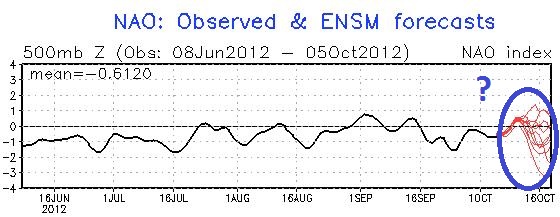
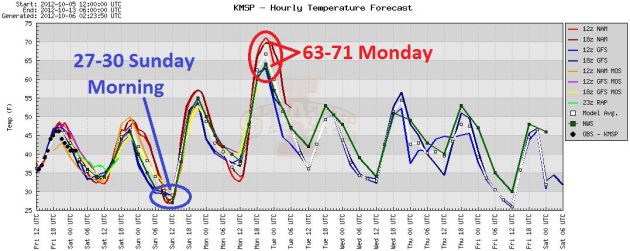
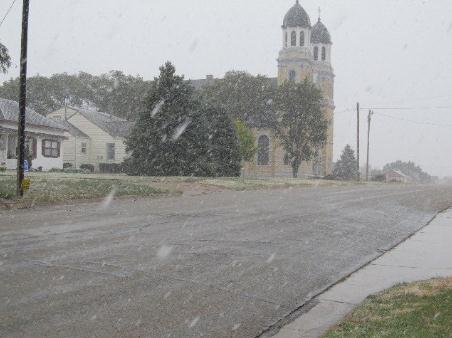
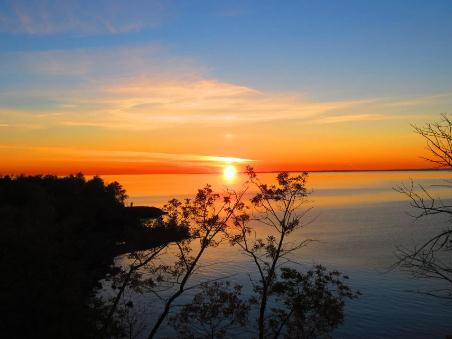

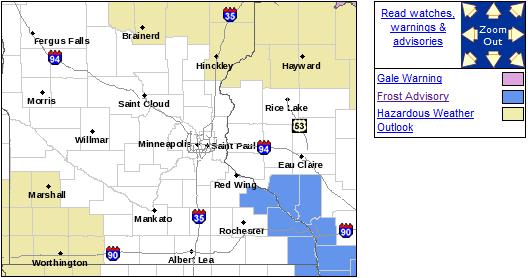
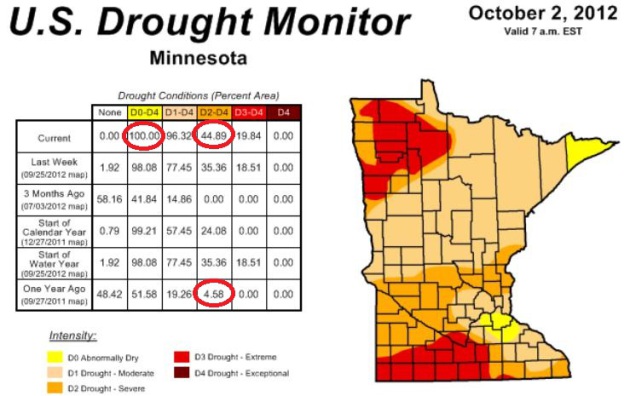
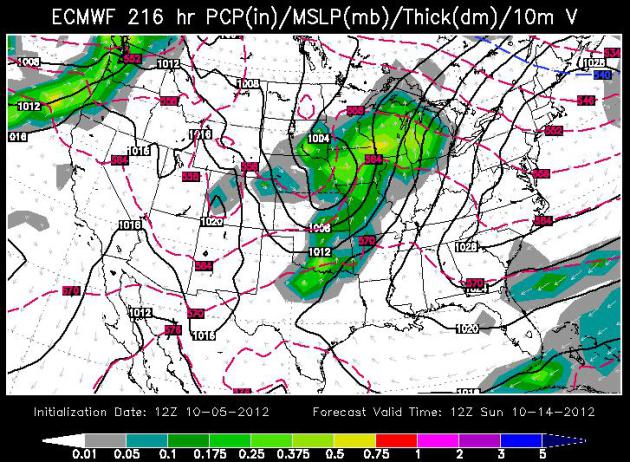
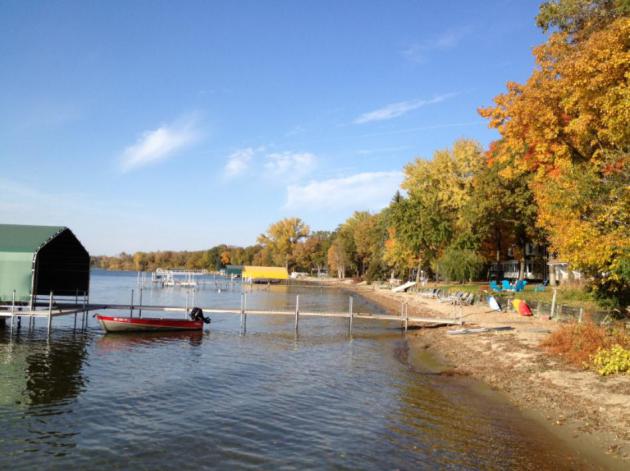
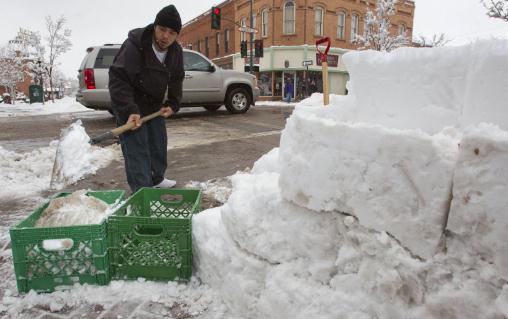

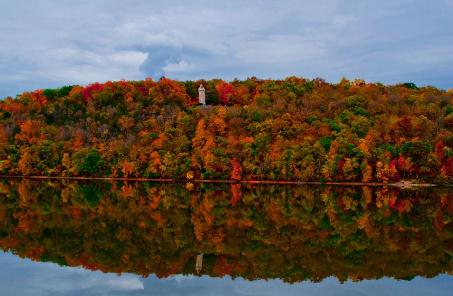


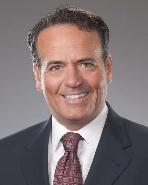
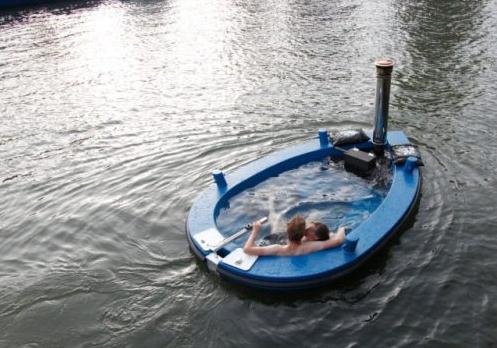
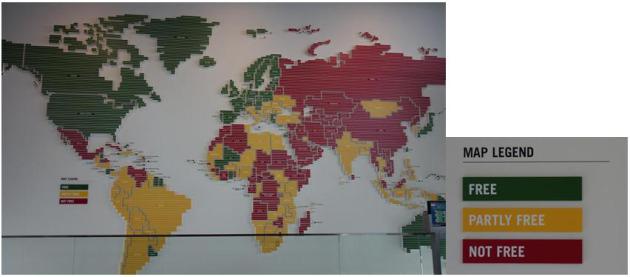




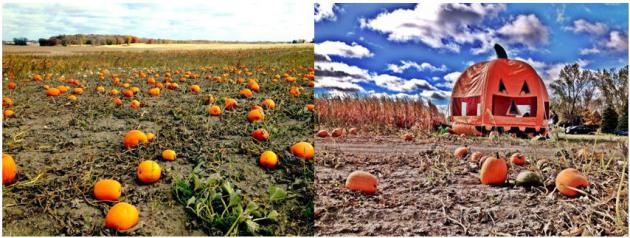


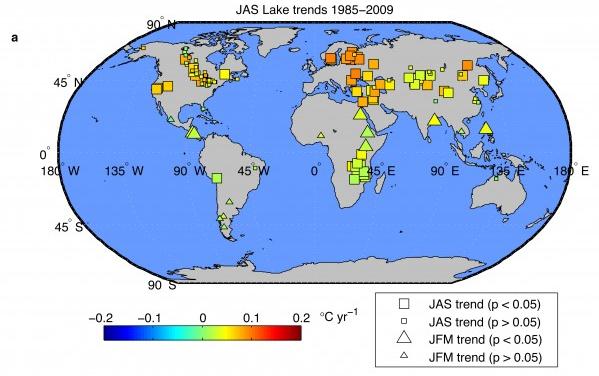
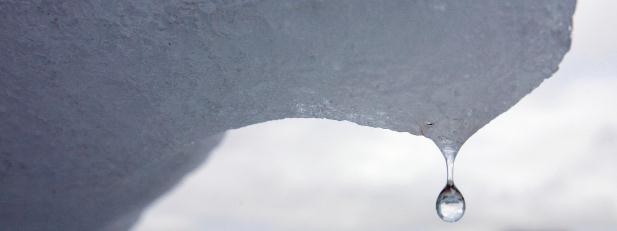
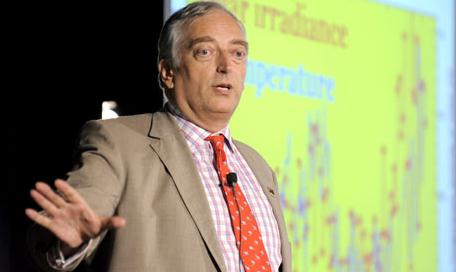

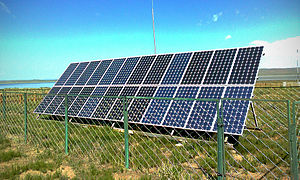
No comments:
Post a Comment